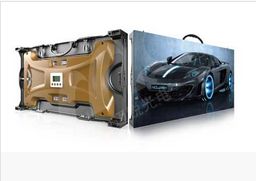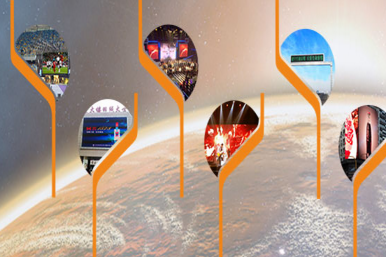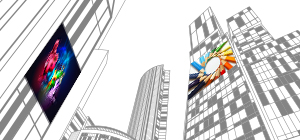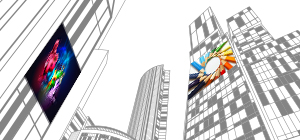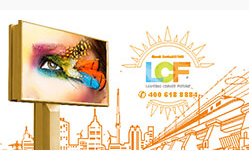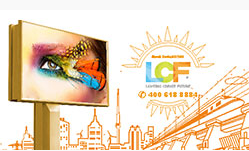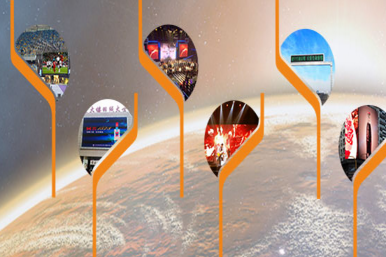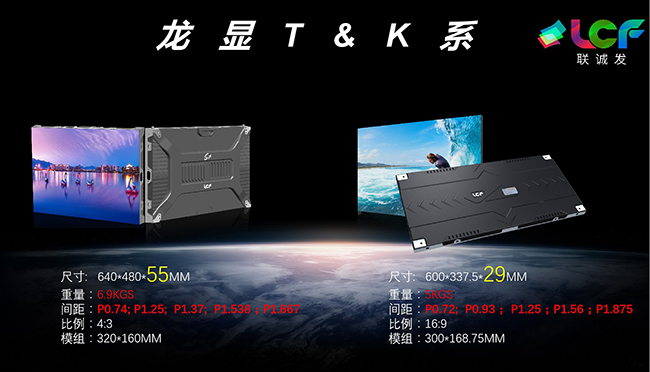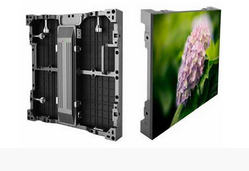Publisher: Supplier of LED Display Time: 2018-08-14 15:41 Views: 4678

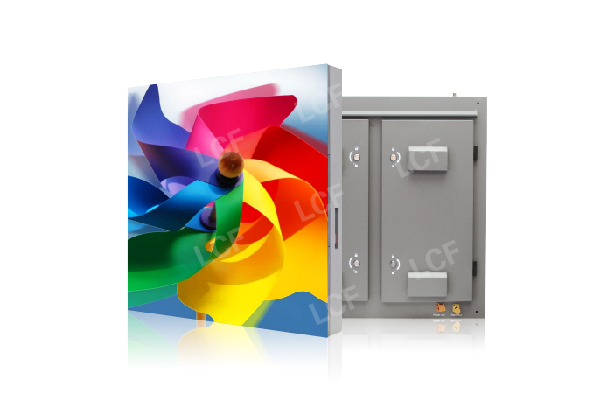
1. Reasonably plan the area and installation position of the LED display screen: According to the viewing distance and viewing angle, the surrounding environment, and the requirements of the display content, plan the display area and location reasonably. Instead of blindly pursuing a large area and a prominent location.
2. The selection and design of broadcast content: Large-scale giant LED display is a public medium, including public welfare, advertising, instruction, etc. When we choose the content to be broadcast, we must reach an agreement with the public's requirements to avoid the mentality of refusal to watch it.
3. Multi-level grayscale correction technology improves color softness: LED display products use more gray levels to make colors look softer and have a natural transition.
4. Adopt a brightness adjustment system that can be automatically adjusted by the system: the brightness of the environment at different times and places varies greatly. If the display brightness is too much than the environment, it will cause people's eyes to be uncomfortable, especially the brightness during the day and night. The difference is relatively large, causing light pollution. Our automatic brightness adjustment system can automatically convert the broadcast brightness suitable for the environment to avoid light pollution. In contrast to products such as neon lights and white light box advertisements, in recent years, many LED display manufacturers have done a lot of work in light pollution. The degree of light pollution has been greatly reduced, which has made great efforts to enrich our visual space and illuminate a better life. Great contribution.
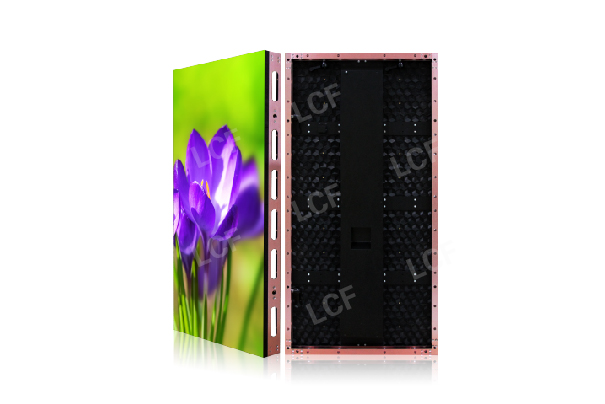
3. Low-carbon and energy-saving: Since the emergence of LED displays, energy-saving and environmental protection have always been valued. LEDs are synonymous with energy-saving. Compared with traditional lighting products, the energy-saving advantages of LED are quite obvious and prominent. In the near future, there is a trend to replace traditional lighting.
As people’s awareness of environmental protection increases, we can hear low-carbon, energy-saving and emission-reduction sounds everywhere, and we can feel people’s efforts to protect the environment: urban electric taxis, LED street lights, solar wind energy street lights, fluorine-free refrigerators Air conditioning, etc., are the most real feelings in our lives.
The luminescent material used in the LED display itself is an energy-saving product. However, due to the large area of outdoor LED display screens, the power consumption is still large. At present, many outdoor LED display manufacturers have responded to the call of the World Energy Organization and considered from the perspective of long-term development of the industry. They have launched more energy-efficient and low-carbon outdoor LED display products. A great improvement.
Outdoor LED display, due to the great changes in the brightness of the surrounding environment during the day and night, so we can achieve the effect of energy saving and emission reduction by automatically adjusting the brightness of the outdoor LED display.
